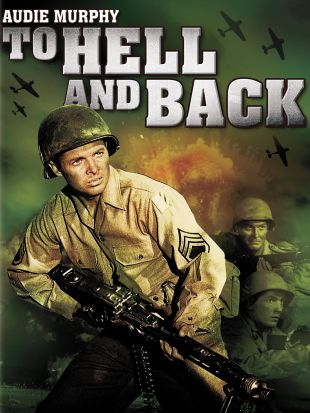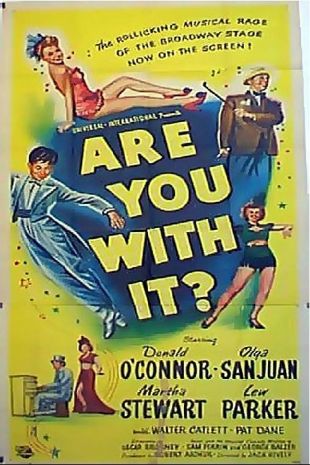Maury Gertsman was a mainstay of the cinematography department at Universal Pictures for a decade, from the mid-'40s through the mid-'50s. Though he seldom got to work on prestige films (Universal produced precious few of those during his tenure with the studio), Gertsman shot consistently interesting and sometimes fascinating films, some with special problems that he overcame with extraordinary skill. His work, starting with the wartime comedy A Wac, a Wave, and a Marine in 1944, encompassed everything from the Ma and Pa Kettle movies to horror and science fiction; he photographed every low-level Universal contractee from Marjorie Main and Rondo Hatton to The Creature from the Black Lagoon. Gertsman's first film of note was Jungle Captive and he distinguished himself with his lensing of the final two Sherlock Holmes movies starring Basil Rathbone and Nigel Bruce, Terror by Night and Dressed to Kill, particularly the former, which had a memorably claustrophobic look and feel. His most interesting project of the mid-'40s, however, was the final Rondo Hatton vehicle, The Brute Man, which made Universal sufficiently uncomfortable that they sold it off to Poverty Row distributor Producers Releasing Corporation. Gertsman gave the movie a dark, almost diseased look throughout, befitting its grim subject matter about a deranged and disfigured serial murderer. Gertsman excelled at shooting crime stories and horrific subject matter, and while he couldn't compare to his Universal colleague Woody Bredell, a poet of the camera who worked with top-flight directors like Robert Siodmak, Gertsman could rise to the occasion, and got his chance to photograph a serious picture in 1949 with City Across the River, his best crime film from a visual standpoint. While Gertsman shot movies in Technicolor, most were lackluster affairs, such as the programmer Western Comanche Territory and the ersatz Arabian Nights tale Son of Ali Baba (an exception was the Audie Murphy war picture To Hell and Back). It was in black and white that he excelled, including World War II dramas like Target Unknown and The Red Ball Express, and fantasies such as You Never Can Tell and It Grows on Trees. Gertsman also worked in 3-D and his camerawork helped Jack Arnold's three-D murder mystery The Glass Web work as well as it did. With the decline in film production after the mid-'50s, Gertsman left Universal. Even as the range and quality of available film projects declined, Gertsman managed to make his mark on a trio of chillers. At American International Pictures he photographed the horror satire How to Make a Monster, while at United Artists he lensed Invisible Invaders and The Four Skulls of Jonathan Drake. In 1959, he became the cinematographer on the television series Adventures in Paradise. His film work became far less frequent after 1960, although he did find himself roped into the production of The Creeping Terror in 1964. Like many of his contemporaries, Gertsman finished his career working in television.
Maury Gertsman
Share on


